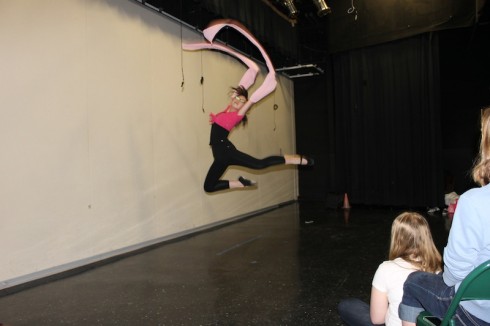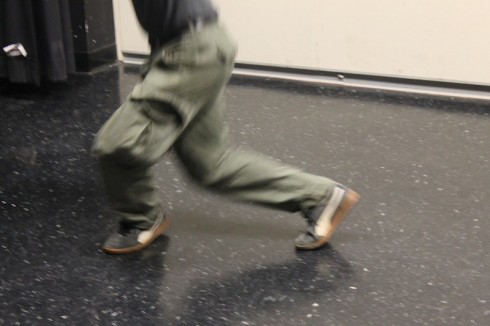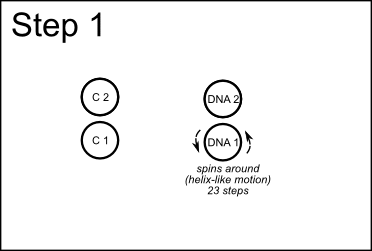
This interim focuses on our global community. As a result, one of our Chinese students gave a lesson on a traditional dance. I think I made a good start at learning the twirls, but we did not have time to get to the jumps.

Middle and High School … from a Montessori Point of View

This interim focuses on our global community. As a result, one of our Chinese students gave a lesson on a traditional dance. I think I made a good start at learning the twirls, but we did not have time to get to the jumps.


One way to represent the process of mitosis is through dance. One of my students suggested they do an interpretive dance for their natural world personal project. I think they were mostly kidding, but with a fair bit of encouragement they did end up doing it.
The dance is much more literal than it probably needs to be since I helped a bit with the final product. I still think it’s pretty useful though because it’s abstract enough that you have to know the mitosis process to figure out what’s going on. So much so, I had them perform it twice at the end of our synthesis discussion. The second time through I narrated it so the steps would be clear to everyone.
I think it might make for a good “spark the imagination” lesson if one was needed.
Right now the dance needs four people, two for the chromosomes and two for the centrioles, but it would be really neat if the entire class participated by representing the cell membrane.
The diagram with the steps is: mitosis.svg. The instructions are below.

My students know my weaknesses too well. I had a well crafted argument today that I should let them watch Judson Laipply‘s YouTube video, “Evolution of Dance“. The gist of the argument was that they never really understood evolution until they saw the video (we covered evolution last year); the way the dance moves evolved, with small changes from one to the other is an excellent analogy for the gradual evolution of organisms. The best example was how The Robot changed into Breakdancing. I let them watch it of course, it was a good argument and the video is pretty harmless. And if it actually helped them learn about evolution ….